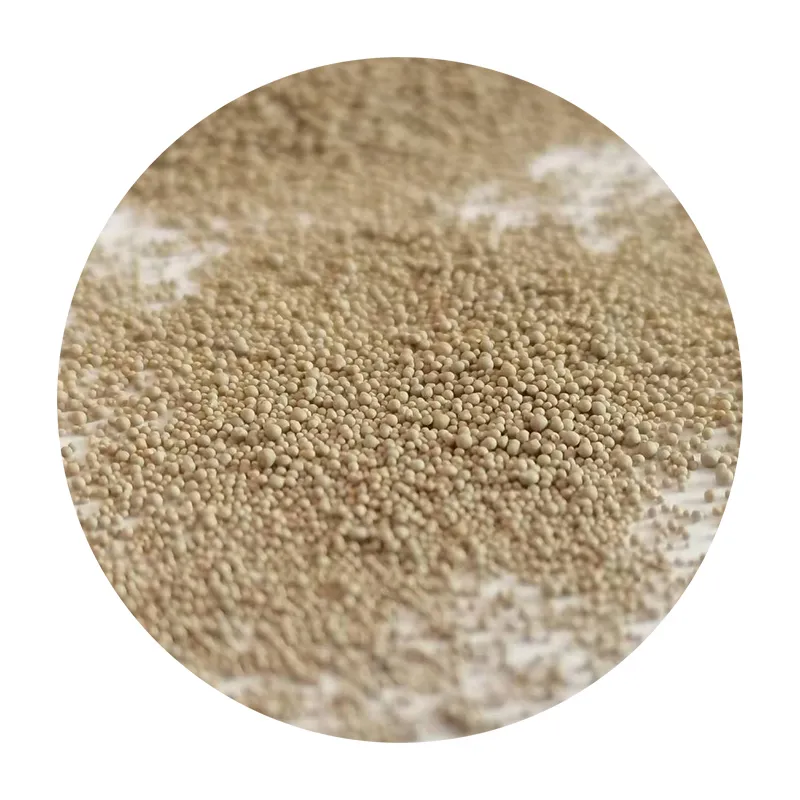Understanding Sand Cast Iron Properties, Applications, and Advantages
Sand cast iron is a widely used material in various manufacturing processes, primarily due to its excellent castability, mechanical properties, and adaptability. The process of sand casting involves pouring molten metal into a sand mold to form complex shapes and structures. This ancient technique has been refined over the years, allowing for greater precision and efficiency.
Properties of Sand Cast Iron
Sand cast iron, as the name suggests, is a type of cast iron that is produced using sand molds. It is characterized by its high carbon content, which typically ranges between 2% to 4%. This higher carbon proportion imparts several desirable properties to the iron, such as enhanced fluidity, improved strength, and excellent wear resistance. The graphite structure formed during the solidification process helps manage thermal expansion and gives the metal a good ability to absorb shocks.
There are several types of cast iron, such as gray iron, ductile iron, and white iron, each exhibiting unique properties. Gray iron, for example, is known for its good machinability and vibration-damping properties, making it suitable for automotive engine blocks and machine frames. Ductile iron, on the other hand, has improved tensile strength and ductility due to the unique way carbon is distributed in the microstructure. This makes it ideal for components that require toughness and resilience, such as pipes and valves.
Applications of Sand Cast Iron
The versatility of sand cast iron lends itself to a myriad of applications
. In the automotive industry, it is frequently used in engine components, brake parts, and transmission housings. Its ability to withstand high temperatures and pressures makes it an excellent choice for these applications, where performance and durability are paramount.sand cast iron

In the construction and infrastructure sectors, sand cast iron is often utilized in the manufacturing of manhole covers, street grates, and various pipe fittings. Its corrosion resistance and strength make it suitable for outdoor and underground conditions, where it is exposed to harsh environmental factors.
Moreover, many household items, such as cookware and decorative pieces, are made from sand cast iron. The cooking utensils benefit from the material's excellent heat retention and distribution properties, which contribute to even cooking. The aesthetic appeal of cast iron cookware, often seasoned for non-stick properties, has also made it a popular choice among chefs and home cooks.
Advantages of Sand Cast Iron
The sand casting process offers several advantages that enhance its popularity in manufacturing. Firstly, it allows for the production of intricate designs and large parts, making it ideal for complex geometries. Secondly, the relatively low cost of materials and tooling used in sand casting makes it an economically viable option for both small-scale and large-scale production runs.
Additionally, sand casting can accommodate various metal alloys, thus enabling manufacturers to choose materials based on specific requirements for strength, weight, and durability. The ability to recycle sand makes the process environmentally friendly, contributing to sustainability efforts in manufacturing industries.
In conclusion, sand cast iron is a fundamental material in many industries due to its unique properties, extensive applications, and numerous advantages offered by the sand casting process. As technology continues to evolve, innovations in sand casting techniques may further enhance its performance and widen its applicability, solidifying its position in the modern manufacturing landscape.
Post time:Septemba . 29, 2024 06:16
Next:Exploring the Enchantment of the Desert's Mystical Realm
